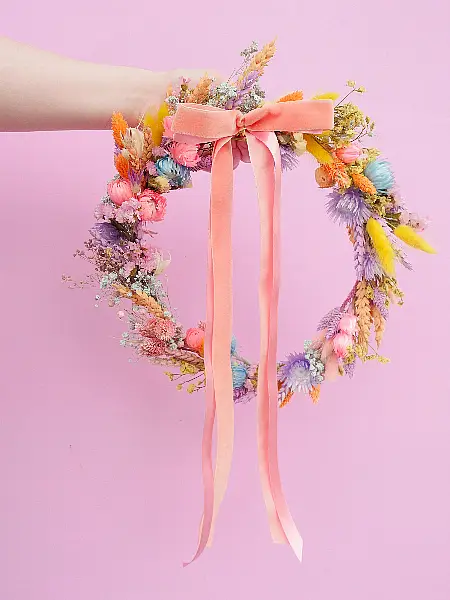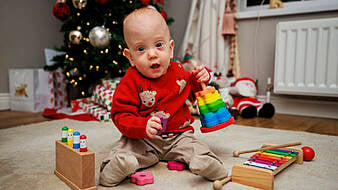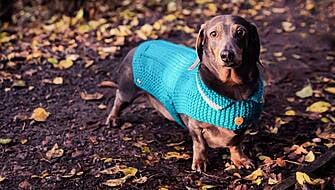Along with chintzy fabrics, pine furniture and ivy wall stencils, dried flowers were an interiors fad that died out some time in the 1990s.
For more than two decades, preserved petals were – for the most part – consigned to the scrap heap as Scandi-style minimalism took over. But now, the trend pendulum has swung in the other direction, and dehydrated blooms are back with a bang.
“Dried flowers and grasses, also known as ‘everlastings’, have made a huge comeback over the last few years,” says Ash Read, interiors expert and founder of Living Cozy.
“Trendsetters are switching out their fresh bouquets for dried wildflowers, using the iconic Instagram and Pinterest blossoms to make beautiful seasonal displays.”
Brands like The Happy Blossoms have become hugely popular with brides who want a bold bouquet and shoppers who want to brighten up their homes.
“I have not seen such interest since the 1970s when I wrote my second book, Teach Yourself Dried Flowers,” says Judith Blacklock, author of 18 books and founder of Judith Blacklock Flower School. “We have had our dried flower courses sold out and enquiries into these courses have more than doubled.”
Why the sudden resurgence? “Perhaps it is a result of the pandemic,” Blacklock says. “Many are working from home or spending more time in the home than before and want it to look its best. Whilst fresh flowers are a lovely way to decorate a home, it requires effort to change fresh bunches and there is also the cost.”
Plus, there’s the sustainability aspect, with some fresh flowers flown hundreds or thousands of miles from where they’re grown in carbon-intensive greenhouses.
Read agrees that “These low maintenance flowers are perfect for those that struggle to maintain fresh flowers, adding amazing textures and personality to the home without the guilt of purchasing fresh bouquets every week.”

Or you can also have a go at creating your own dried flowers at home.
“The most popular dried plants this season include eucalyptus, roses, helichrysum and pampas grass,” says Read. All you have to do is “hang your tied flowers upside down in a well-ventilated, dark room for two to three weeks.”
In terms of which blooms are best, Blacklock says those that have “a volumetric centre, such as daffodils or open iris don’t dry well – the shape collapses.” She recommends experimenting with different types to see which ones you prefer. “If colour is important, select flowers that have a bright strong colour, as pale colours go paler and dark colours darker when dried.”

It’s better to tie small bunches, such as three hydrangeas or eight roses with garden twine or ribbon, she continues: “However the stems shrink as they dry and you may consider using lengths of stocking – their elasticity holds the stems in place much better.”
For optimal drying, she says, hang your flowers in “a bright airy place out of direct sunlight which bleaches the colour. Good air circulation is needed so don’t hang in a cellar or airing cupboard. A loft works well.”
After the drying time is up, Read recommends one final touch: “Spray with an unscented hairspray for protection” then you’re ready to start arranging.







